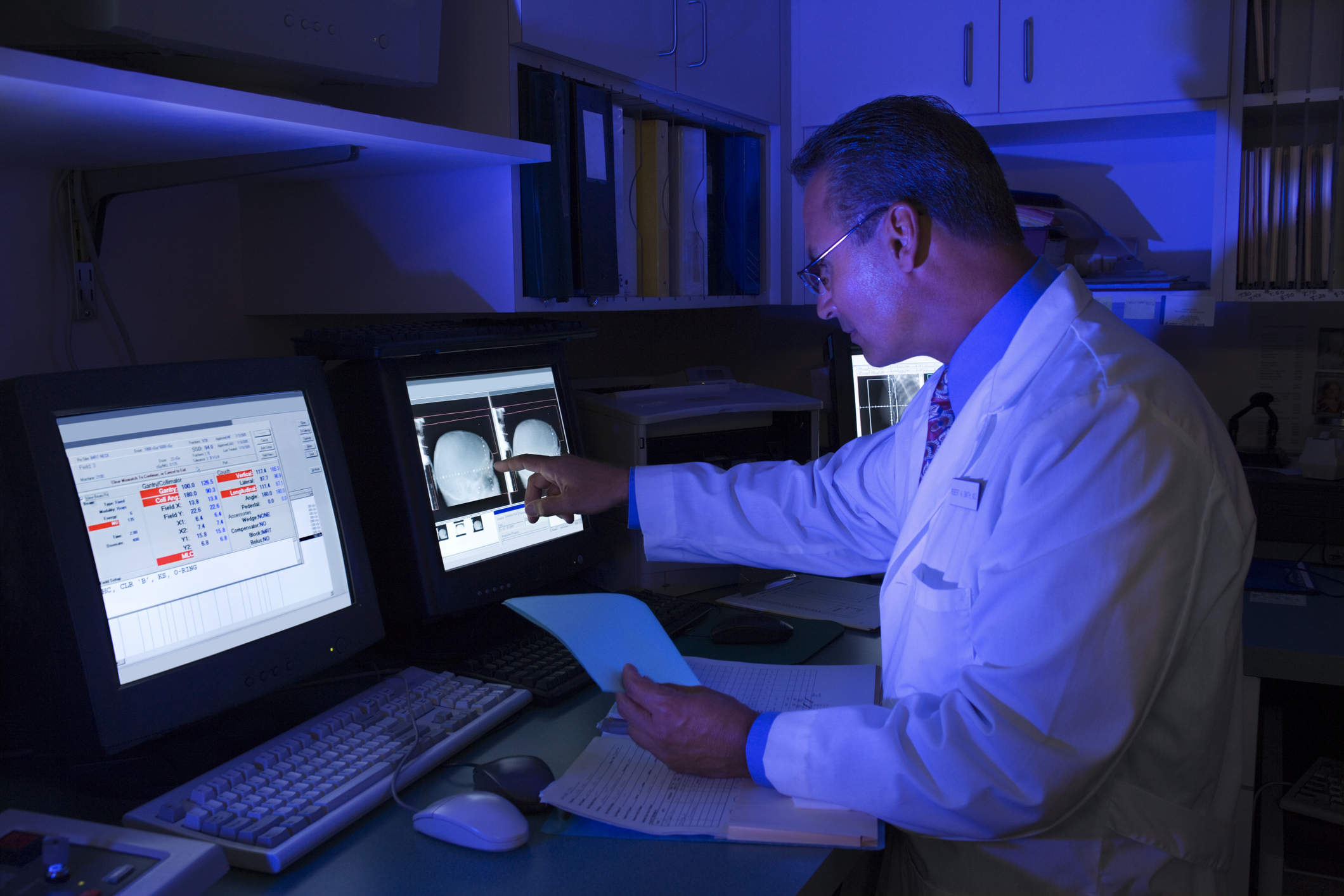We put more trust in doctors that have devoted their working life to the industry, accumulating years of knowledge, ensuring peace of mind for the patient. And while clinical experience might be paramount in diagnosis, it doesn’t necessarily link to innovation. When it comes to innovative break-throughs, a fresh pair of eyes that can look at the industry without bias or pre-conceived ideas might be just the ticket.
To test the feasibility of innovations in the healthcare industry, it’s important to consider the thoughts and opinions of the young up-and-coming doctors. Being recently educated in the field of medicine, and having grown up in the digital age, they have the unique opportunity to give insights that could potentially challenge the status quo of healthcare.
I had the opportunity to sit down and talk to four medical students entering their final year of study before becoming a qualified doctor. Together they have set up a framework that they believe could be the future of patient-doctor consultation (for everyday consultations, versus chronic care management).
Framework
- A patient first discovers that something is wrong and records the symptoms using an app on their personal device
- The patient’s doctor receives an alert that their patient has uploaded information and uses their best judgment to assess the situation
- The doctor flags this information as requiring investigation and an appointment is automatically scheduled for the patient
- The patient sees the doctor for a full assessment
- The doctor records all information to the patient’s electronic health record, which is an aggregation of all types of data – both traditional clinical and non-traditional types, including behavioural and genomic data
- The AI and machine learning in-built into the doctor’s EMR serves up suggestions as to possible diagnoses, including causes and potential treatments – from medication to lifestyle changes
- The doctor selects their diagnosis and determines the treatment plan.
- The patient’s selected pharmacy receives a notification of any prescription and prepares the medication for pick up
- The patient’s care plan is updated and they leave the clinic with actions to do (e.g. pick up prescription, increase daily steps)
- The patient records their progress on their app as well as noting any barriers and side effects
- The doctor receives notifications and alerts in real-time, and can make changes to the patient’s medication or treatment plan as required
- Only when the patient has marked themselves as “healthy” does the communication about this particular episode stop between the patient and doctor, deeming the process complete.
The above framework is essentially a use case about doctor-patient interaction. For this framework to work, there needs to be technology available to both the doctors and the patients.
That technology comprises a scalable platform for aggregating all the different types of data; access and tools for the clinician to monitor patient care and enrol them on care pathways if required, and a consumer application to proactively engage the patient in their own care. This is the beginning of population health management, and is supported by Orion Health’s end-to-end solution.
While the young doctors I spoke with described their “vision for the future”, what they hope for can be today’s reality. With the adoption of the right technology, efficient doctor-patient interaction is indeed already possible.
Download the white paper to learn more.



